 By Chris Heinonen This post was done in partnership with Wirecutter. When readers choose to buy Wirecutter's independently chosen editorial picks, it may earn affiliate commissions that support its work. Read the full article here. We've watched hundreds of hours of TV, movies, and test patterns, testing dozens of projectors to figure out which model best fits your needs. Whether you're outfitting a small space for an occasional movie night, upgrading your living-room home-entertainment system, or building a dedicated home theater, we've got a projector recommendation for you. Best 4K projector for home theater 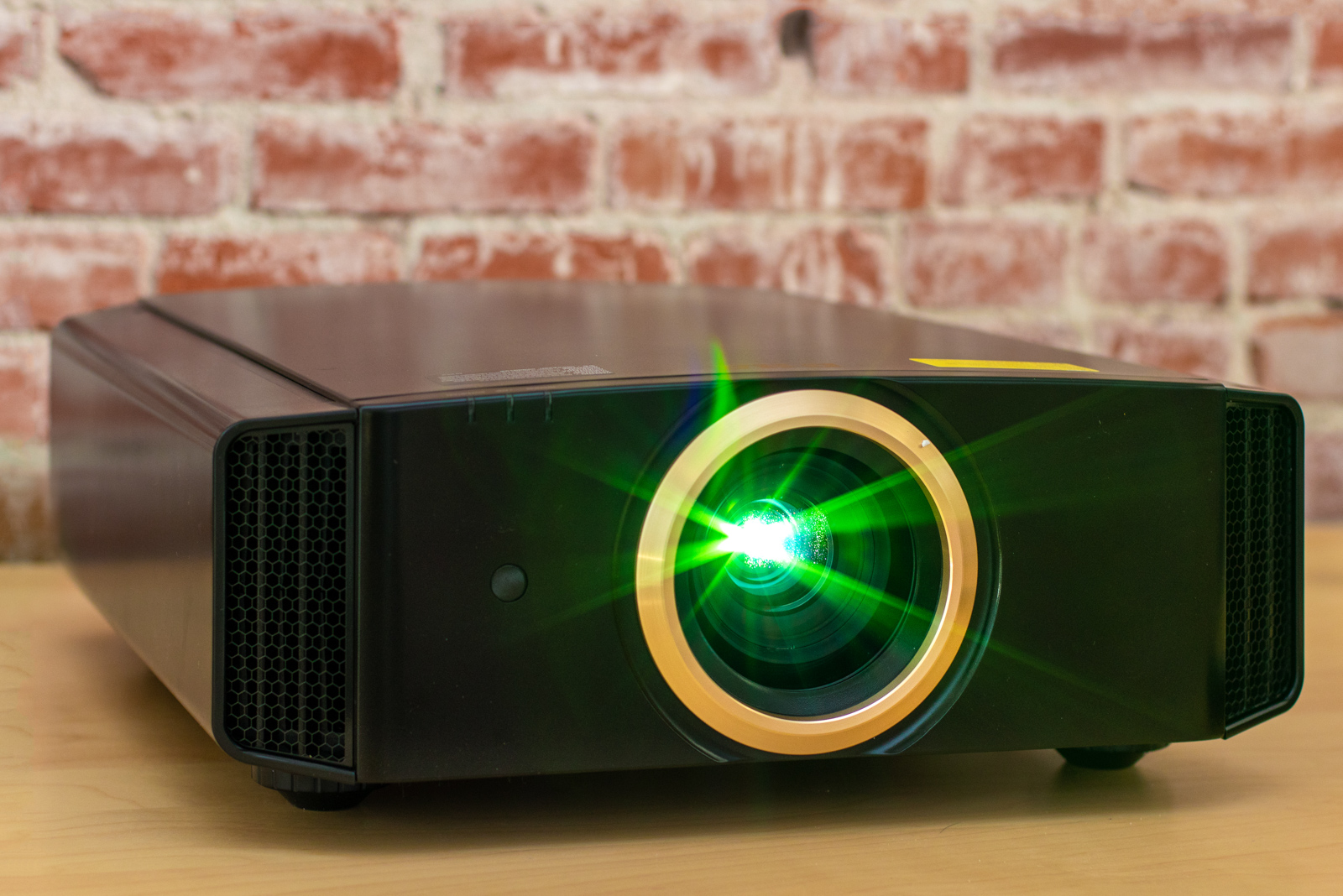
Photo: Kyle Fitzgerald If you want to set up a dedicated home theater in a basement or spare room and need a projector that can handle the latest 4K content, including high dynamic range and wide-color-gamut material, you'll want to upgrade to a 4K projector. They cost more than typical 1080p projectors, and due to the light requirements of high dynamic range they look best in a completely dark room. The JVC DLA-X590R offers the best combination of high contrast, high dynamic range, rich colors, and increased detail. Why we like it - The JVC's high contrast ratio creates deeper blacks than most 4K projectors, which allows it to show more details in dark scenes and make everything on the screen pop more, especially HDR content.
- The wide-color-gamut support allows the projector to show most of the DCI/P3 color gamut from 4K content. This lets you see colors in 4K content that you can't see with lower-performing projectors.
- The projector's high dynamic range support lets you see improved detail in highlights and bright areas of images that other 4K projectors can't show as well.
- A motorized lens with lens shift, plus several preset image modes for different screen brands make this projector easier to set up than most others.
Flaws but not dealbreakers - It's very large. Like other 4K projectors, this one needs to be permanently mounted, so you can't pull it out to watch a movie and put it away after you're done.
- It needs a dark room, especially for HDR. If you're watching in a living room with the lights on, you might not see much benefit over cheaper models.
Image technology: Three-chip LCoS Resolution: Pixel-shift "4K" (1920×1080 with eShift to 3840×2160) Lens shift: Vertical and horizontal, motorized Read more about all our picks in our guide to the best 4K projectors. Best affordable home entertainment projector 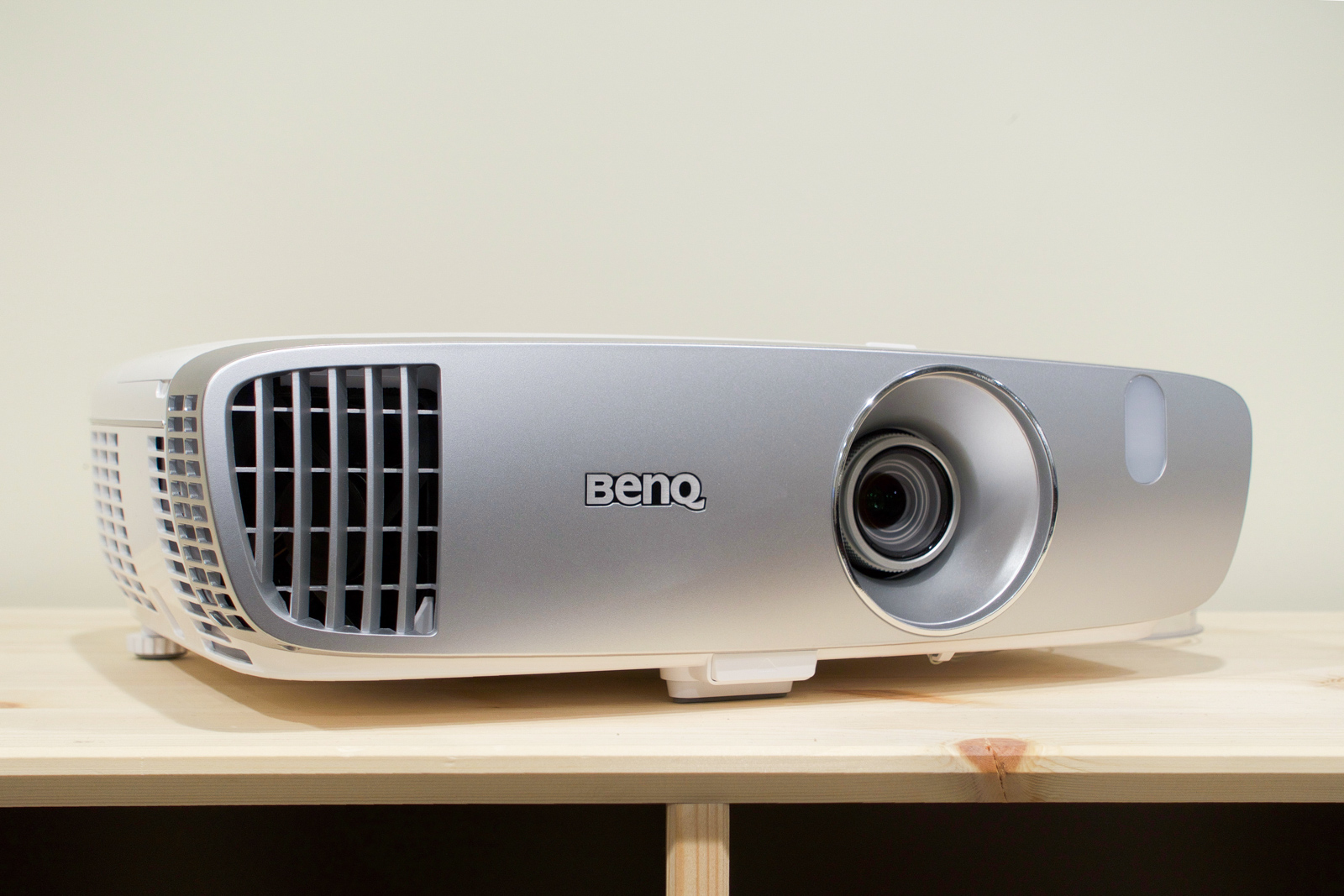
Photo: Chris Heinonen If you don't want to spend a ton of money but still need a projector that produces a bright, colorful image and works well for both dedicated rooms and those with some ambient light, our pick offers the best combination of performance and value for most people. The BenQ HT2050A offers better contrast, color, and brightness than any projector in its class. Why we like it - It offers the most accurate colors you can get from a projector for under $1,000.
- It's bright enough for a living room and can overcome some ambient light if you don't want to use it in a completely dark room.
- Out of the box this projector can produce a good image with very little adjustment, which means it's good for people new to projectors.
Flaws but not dealbreakers - The fan can be a little loud, but not enough that speakers at a moderate volume can't cover the noise.
- It's not really portable. If you want a projector you can carry around with you, our mini-projector picks are much more portable but can't produce as large of an image.
- In some images there's a slight red tint in 3D mode, which is common to projectors in this price range.
Image technology: Single-chip DLP Resolution: HD (1920×1080) Audio: 10 watts per channel Read more about this pick and others in our cheap projector guide. Best mini projector 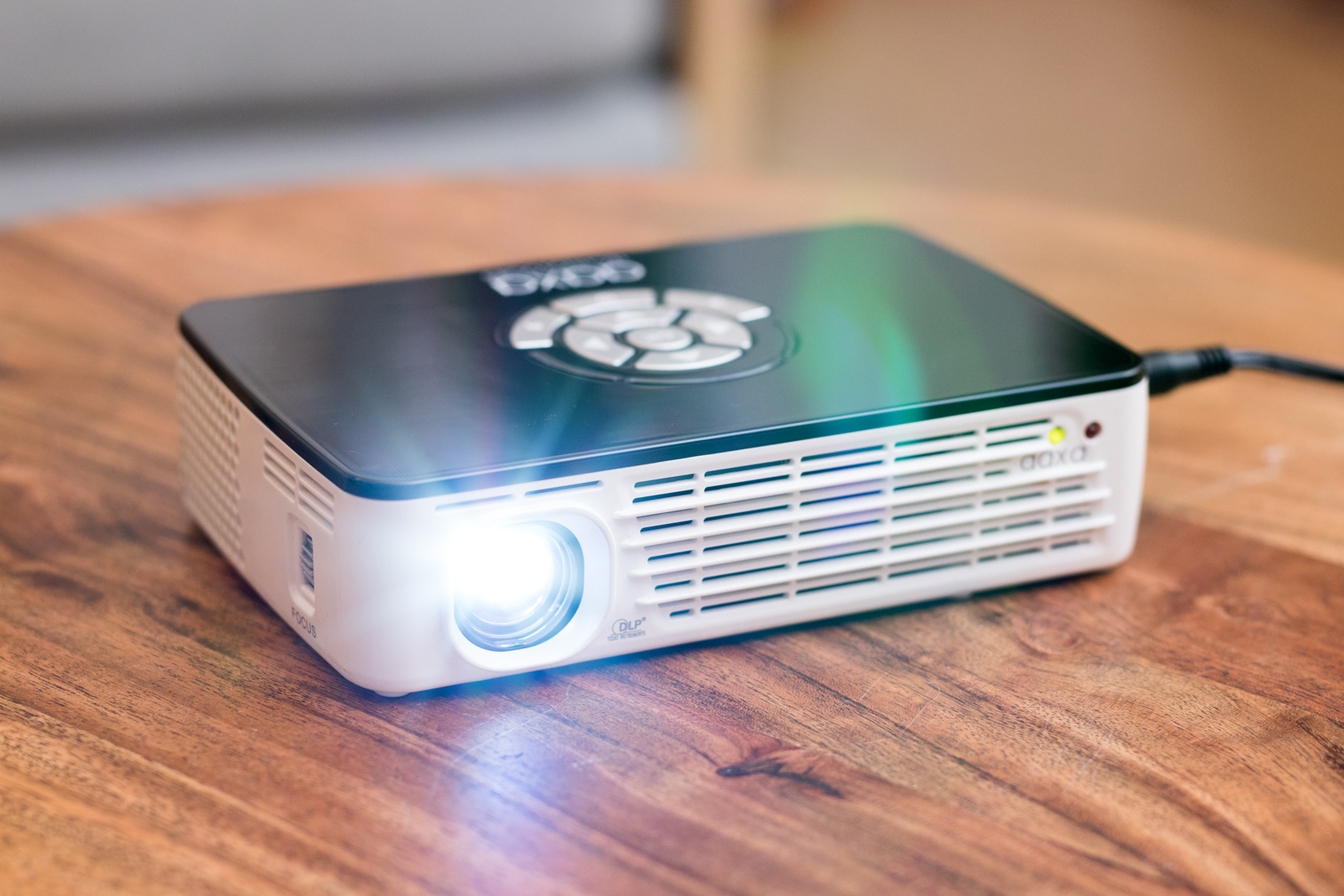
Photo: Michael Hession If you need a small, compact projector you can easily put away, or even carry around with you in a backpack, a mini projector (also called a pico projector) might be your best fit. These don't produce images as big and bright as those of standard projectors, but then again these models can weigh less than a pound for portability. The AAXA P300 has the brightest picture and best contrast ratio of any mini projector we tested. Why we like it - The AAXA produces a bright image with good contrast ratio for this category of projectors.
- The built-in battery gives you about an hour of playtime, and the built-in speakers mean you don't have to add a Bluetooth speaker.
- It has a short throw distance so you don't need to place it as far from the screen as other projectors.
- Includes a standard HDMI port and USB and miniSD ports for hookups.
Flaws but not dealbreakers - One-hour battery life isn't long enough to get through watching a movie.
- Some colors, especially red, can appear a bit oversaturated.
- The speakers aren't loud enough for a big room or outside use.
Image technology: DLP/LED Resolution: SD (1280×800) Audio: 1 watt per channel × 2 Battery: 60 minutes You can read more about this projector and others in our full guide to portable mini projectors. Best projector for small spaces 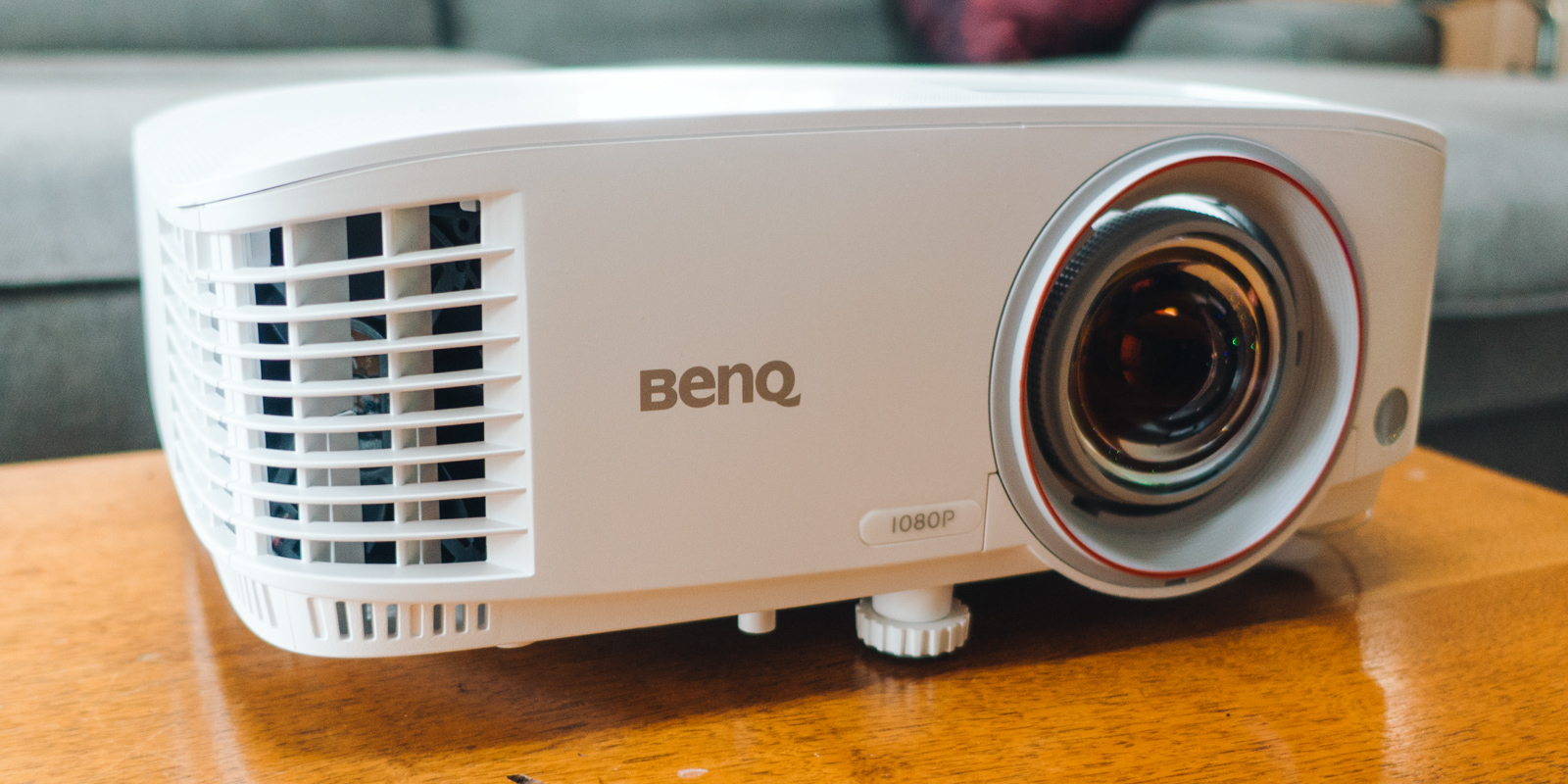
Photo: Chris Heinonen In order to create a large image most projectors need to be positioned far from the screen. This distance is called the throw distance, and can be anywhere from 8 to 15 feet, depending on the projector and desired image size. Short-throw projectors are convenient for small rooms or other situations where space is limited. The BenQ HT2150ST can sit much closer to the screen than a standard projector, and is bright enough to use in a room with some ambient light. Why we like it - It works in spaces other projectors can't, producing a 100-inch image with only a couple feet of space.
- It produces a bright image that can work in a room that gets some ambient light.
- Its integrated speaker and small size make it easy to store when not being used.
Flaws but not dealbreakers - The short-throw lens can cause some fringing artifacts that you might notice.
- It's bright, but the colors aren't as accurate as those of the non-short-throw BenQ HT2050A.
Image technology: Single-chip DLP Resolution: HD (1920×1080) Audio: 10 watts per channel You can read more about this projector here. A great screen for the money 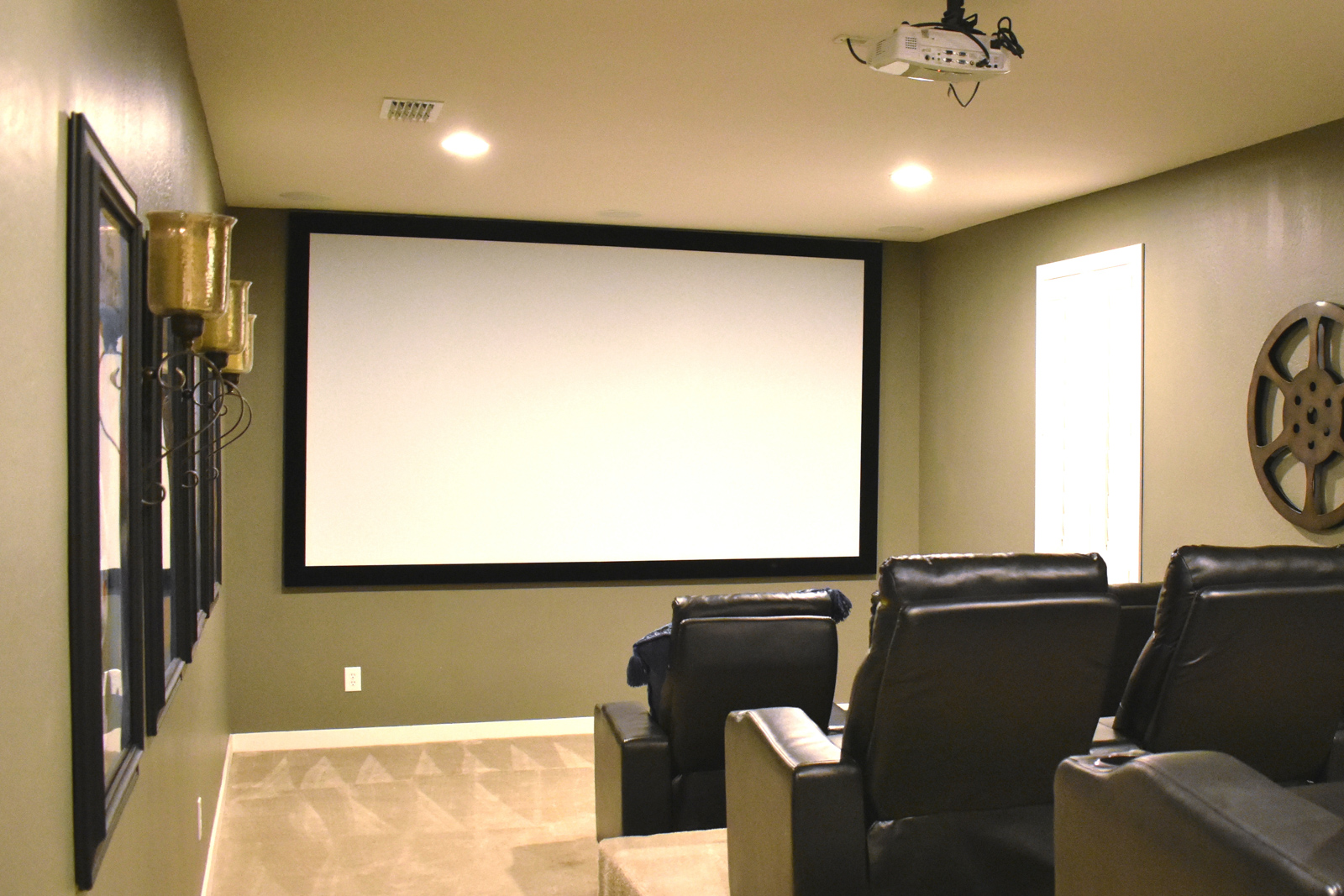
Photo: Silver Ticket Products If you have a projector, you should get a screen. Most modern projectors are bright enough to throw a decent image on just about any close-enough-to-white surface, but you won't get accurate colors without a proper screen. A screen has less texture than a wall, plus it will add pop to the image, because paint almost always has less gain (that is, it reflects less light) than a screen, meaning the image will appear dimmer than is ideal. The Silver Ticket 100" performs as well as screens costing thousands of dollars. Why we like it - The Silver Ticket 100" can display accurate colors with good viewing angles without hotspots.
- Its performance is nearly as good as that of models costing far more.
- It's easier to assemble than many of its competitors.
Flaws but not dealbreakers - It offers no gain, so it won't make your projector image brighter.
- It's a neutral screen, which means it reflects back any ambient light as well, so it needs a dark room.
Available sizes: 92 to 200 inches Aspect ratio: 16:9 or 2.35:1 Gain: 1:1 Read about screen materials and our testing methods in the full guide to the best projector screen. This guide may have been updated by Wirecutter. To see the current recommendation, please go here. Note from Wirecutter: When readers choose to buy our independently chosen editorial picks, we may earn affiliate commissions that support our work.
via Engadget RSS Feed https://ift.tt/2IHx3mN |
Comments
Post a Comment